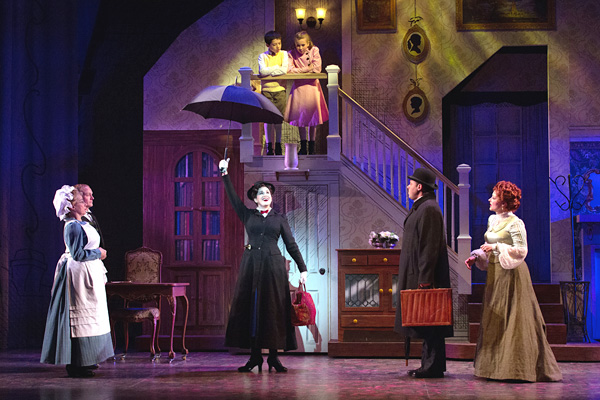Every two years, NAMT conducts a survey of our member theatres about what shows they produced, which of those shows they considered risky, and how they performed both at the box office and in audience response. The survey is primarily a tool for our members to see what other theatres are doing and look at factors that might help them plan their own seasons. Here in the office we also like to look at larger trends in what the NAMT membership is working on. While the complete survey results are only made available to members who participate in the survey, we wanted to share some general findings here.
Risk and success can both be very subjective and variable from theatre to theatre. This is hardly a radical assertion, but it’s still interesting to see it reflected in actual data. The same title might be considered very risky by one company and not at all risky by another, depending on the kind of work they usually do, the size of the piece, etc. Even well-established shows may be “edgy” or simply not known by an audience that isn’t as plugged in to the New York or national tour circuit (remember that old TV ad campaign for summer reruns (remember summer reruns??), “if you haven’t seen it, it’s new to you?”) and therefore risky for a theatre with that audience to produce.
Success, too, varies depending on a company’s mission. Financial success may not always be the goal; a show might be produced with the knowledge that it will lose money, but that it will appeal to a core audience that loves new work, growing that base. (We look at individual shows – and only musicals – not full seasons, so presumably in these cases there’s something else programmed to balance this out!)
Unfortunately, if you’re the gambling type, uncertainty remains a hallmark of this business we call show. Several classic titles rated as “not at all risky” on the survey underperformed, despite seeming like sure things. In fact, more of the productions rated risky by respondents were also rated successful (both at the box office and in terms of audience response). Many of these shows also received extra marketing, so perhaps theatres felt they didn’t need to sell the older titles as hard. But it does seem that audiences in general want to see new (again, to them!) shows. Even the financial failures were generally rated successful with those audiences who came to see them, which will presumably breed good word-of-mouth for future productions.
Unlike in the last survey, which saw a bump for Les Misérables which we attributed to the film, this batch of shows (covering the last two years) saw no such spike that we could correlate to a movie or television production. (The most-produced show in the survey — backed up by production information in our database from members who both did and did not participate in the survey — was Mary Poppins) It’s nice to see a wide variety of work – both new and classic – being produced by our membership.
Adam Grosswirth
Membership Director


